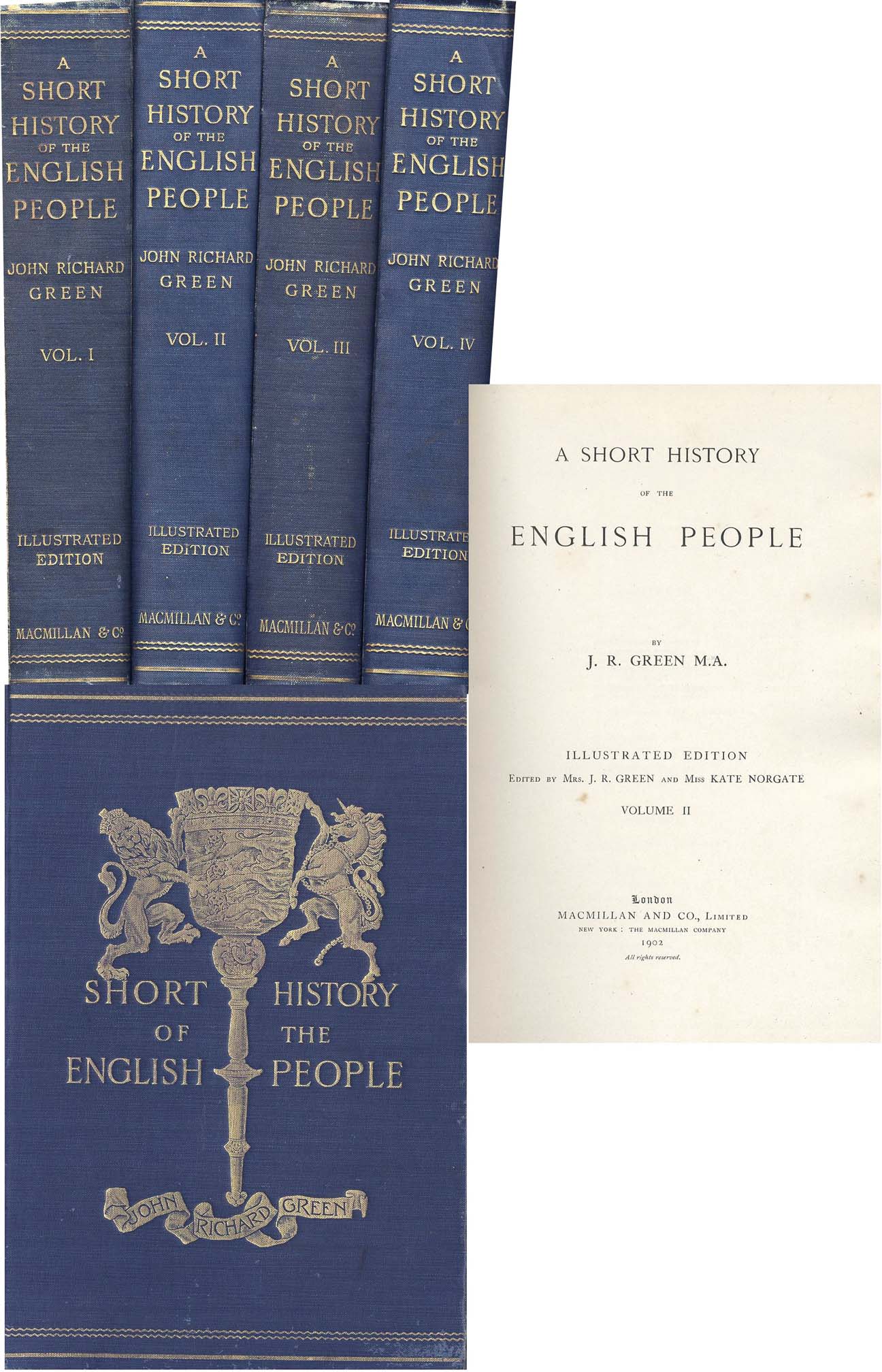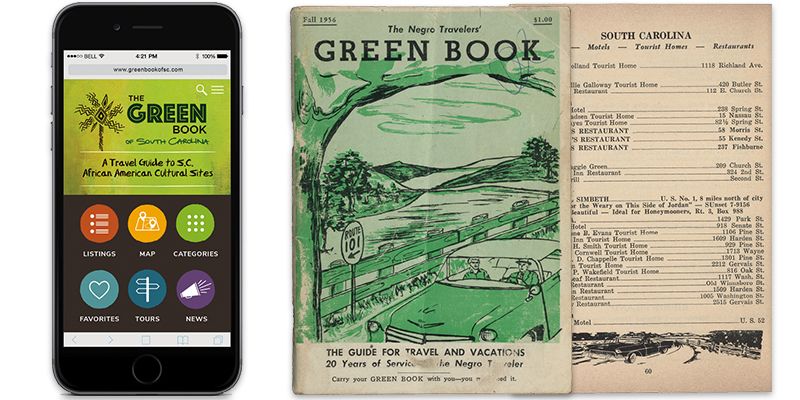

But it is not, of course, the first film to bring the historic guide into public consciousness.

Richen’s 51-minute documentary is a generous, complex exploration of the artifact’s practical function and its cultural legacy. “So much of the time, our experience in history is seen through a narrow lens and understanding.” “I feel like it gives us such a window to talk about a lot of things that we don’t get to normally talk about when we are looking at the black experience,” Richen, who also narrates the documentary, said when we spoke on the phone recently. Throughout the documentary, Richen takes great care to showcase the ubiquity of black entrepreneurship, a phenomenon that the guide both documented and bolstered. The Green Book: Guide to Freedom, which airs February 25, positions Green’s ambitious project as a necessary response to white-supremacist violence-and as a community-building tool. And now, more than 50 years after the final, 1966–67 edition of The Green Book was published, a new Smithsonian Channel documentary from the filmmaker Yoruba Richen traces the guide’s history and its ongoing significance. By the early 1960s, it had reached about 2 million people toward the end of its run, it even included international listings. Amid its pages-digitized now at the Schomburg Center for Research in Black Culture in New York-were listings for restaurants, hotels, vacation destinations, barber shops, gas stations, and more. It cataloged black-owned businesses around the country, directing motorists to establishments that served a wide range of functions.

The Green Book, as it is most often called, became an invaluable resource to black people living in, and traveling through, America. “FOR EXTRA SERVICE … MENTION ‘THE GREEN BOOK,’ ” the cover’s header read, a direct address to the community it served. Demand soon grew for a more geographically expansive document, and the following year Green compiled and distributed the first national issue. At the time, the segregation-era guide was meant to direct black New York City residents to businesses they could frequent without facing the overt discrimination and threats of violence they encountered even up north. In 1936, a black postal worker named Victor Hugo Green published the first edition of The Negro Motorist Green Book.


 0 kommentar(er)
0 kommentar(er)
